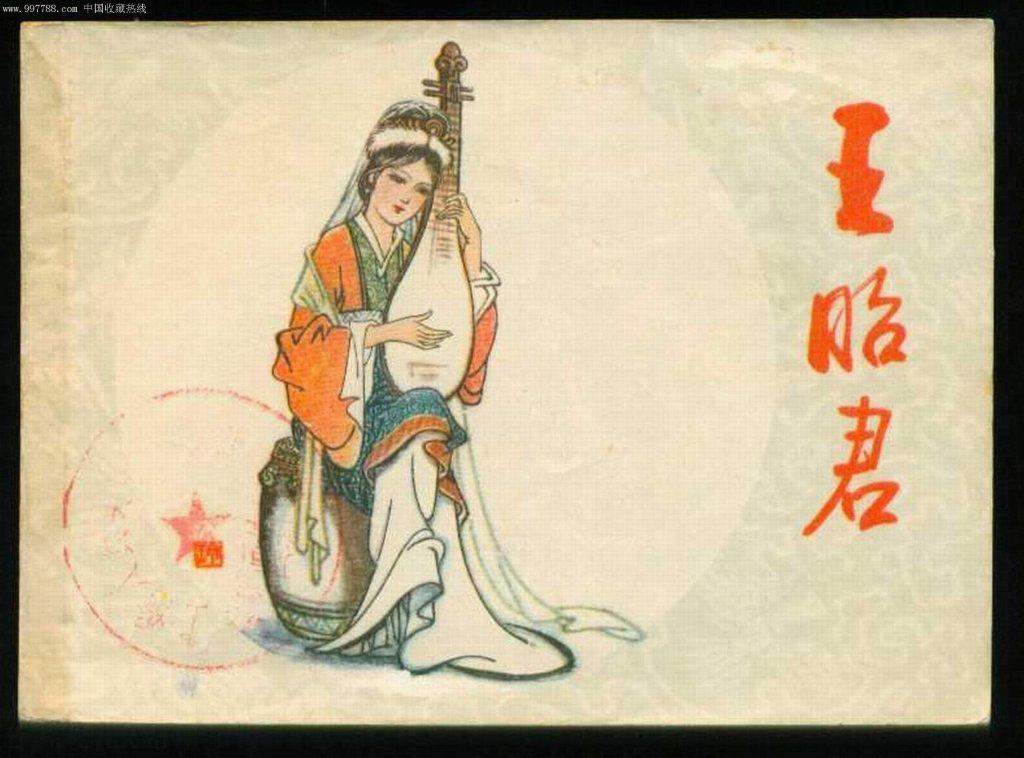Wang Zhaojun
2 min readWang Zhaojun in History
Wang Qiang,more commonly known by her style name Wang Zhaojun was the consort of the Xiongnu shanyu Huhanye.She is famed as one of the Four Beauties of ancient China.
Wang Zhaojun was born to a prominent family of Zigui county,Nan county(now Xingshan county,Hubei)in the south of the Western Han empire.She entered the harem of Emperor Yuan probably after 40 BC.During her time in the Lateral Courts,Wang Qiang was never visited by the emperor and remained as a palace lady-in-waiting.
In 33 BC,Huhanye visited Chang’an on a homage trip,as part of the tributary system between the Han and Xiongnu.He took the opportunity to ask to be allowed to become an imperial son-in-law.Instead of honouring the chanyu with a princess,Huhanye was presented with five women from the imperial harem,one of them who was Wang Zhao jun.

A story from the Hou Han Shu relates that Wang Zhaojun volunteered to join the chanyu.When summoned to court,her beauty astonished the emperor’s courtiers and made the emperor reconsider his decision to send her to the Xiongnu.
Wang Zhaojun became a favourite of the Huhanye chanyu,giving birth to two sons.
They also had at least one daughter who was created Princess Yimuo and who would later become a powerful figure in Xiongnu politics.When Huhanye died in 31 BC,Wang Zhaojun requested to return to China.Emperor Cheng,however,ordered that she follow Xiongnu levirate custom and become the wife of the next chanyu,the oldest son of her husband.In her new marriage she had two daughters.
Wang was honoured as Ninghu Yanzhi(“Hu-Pacifying Chief-Consort”).
Wang Zhaojun in Legend
According to other legends,she commits suicide after her husband’s death as her only resort in order to avoid marrying her son.
Her life became the story of“Zhaojun Departs the Frontier”.Peace was maintained for over 60 years between China and the Xiongnu.However,China eventually lost touch with her and her descendants.
Since the 3rd century the story of Zhaojun had been elaborated upon and she had been touted as a tragic heroine.People uses her as a symbol of the integration of Han Chinese and ethnic minorities.Zhaojun Tomb still exists today in Inner Mongolia.








